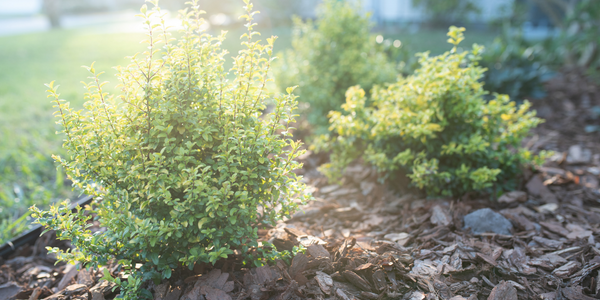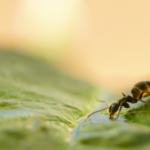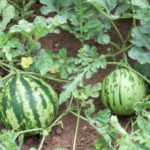Sunshine Ligustrums grow quickly to create a beautiful and functional hedge. Planting these vibrant evergreens can provide you with valuable privacy—but if your Ligustrum is thinning or wilting, that privacy can disappear. So, what causes Ligustrums to thin, and how can you fix it?
Incorrect watering is usually to blame for thinning sunshine Ligustrum plants. Without enough water, the plant’s growth will become stunted. It may start shedding leaves, causing it to thin out. On the other hand, too much watering can cause root rot, which is an often-fatal disease for sunshine Ligustrums.
Keep reading to learn more about why your sunshine Ligustrum is thinning and what you can do to try to remedy it.
What Causes Thinning Sunshine Ligustrum Plants?
While sunshine Ligustrum plants can thrive in a variety of environments, they are prone to certain diseases and pest infestations. Here are a few reasons your Ligustrum might be losing leaves:
- Too much or too little water. This is the most likely culprit for thinning Ligustrum plants, as they need just the right amount of water to stay healthy. With too little water, the plant will stop growing and it may drop some of its leaves to preserve its energy. However, too much water may cause root rot, which will kill the plant.
- Pest infestation. Insects like aphids chew holes in leaves, which may cause them to die and fall off the plant. If the pests affect enough leaves, the Ligustrum will thin significantly.
- Transplant shock. If you’ve recently moved your sunshine Ligustrum plant, some thinning is completely normal. Under stress, Ligustrum plants will commonly drop a few leaves. Once the plant acclimates to its new home, it should begin regrowing leaves.
How To Fix Thinning Sunshine Ligustrum
The fix for thinning Ligustrum plants depends on the cause of the problem. If your plant is struggling with root rot, reviving it is unlikely. Because of this, you should remove and replace any Ligustrum plants that have root rot. To determine if your plant is suffering from root rot, carefully dig around the root ball of the plant and carefully inspect for any dead or decaying roots.
If a pest is the cause of your thinning Ligustrum, you can apply a safe herbicide or soapy water to the plant to try to get rid of the harmful bug. The soapy water solution works especially well on aphids, which are a common inhabitant of sunshine Ligustrum plants.
Finally, if your Ligustrum is thinning and losing leaves because it’s stressed from a recent move, give your plant time to acclimate to its new environment. Within a few weeks, you should start to notice new leaves growing. Make sure to monitor your plant’s water levels during this transitional time.
Final Thoughts
It can be disheartening to see your sunshine Ligustrum plant thinning and losing its leaves. Thankfully, the solutions above can help save your plant and help it grow back stronger than ever.
By carefully monitoring the moisture of the soil, keeping pests at bay, and giving your plant time to adjust after moving it, you can keep your sunshine Ligustrum in prime condition.



